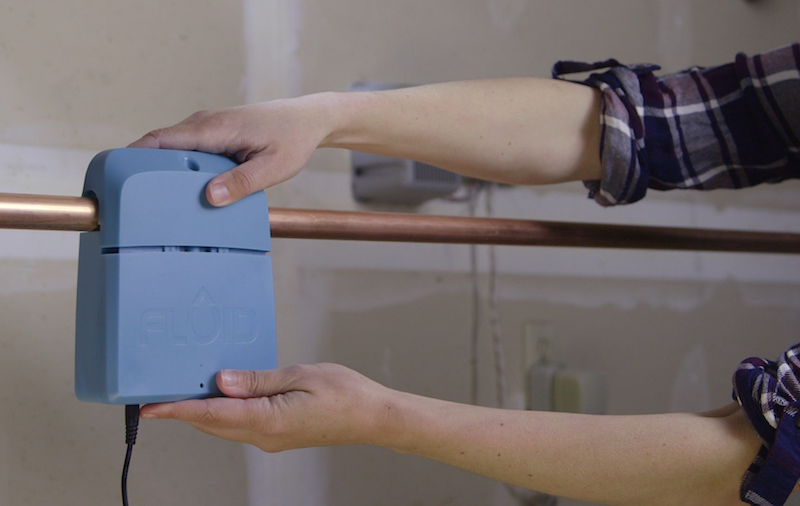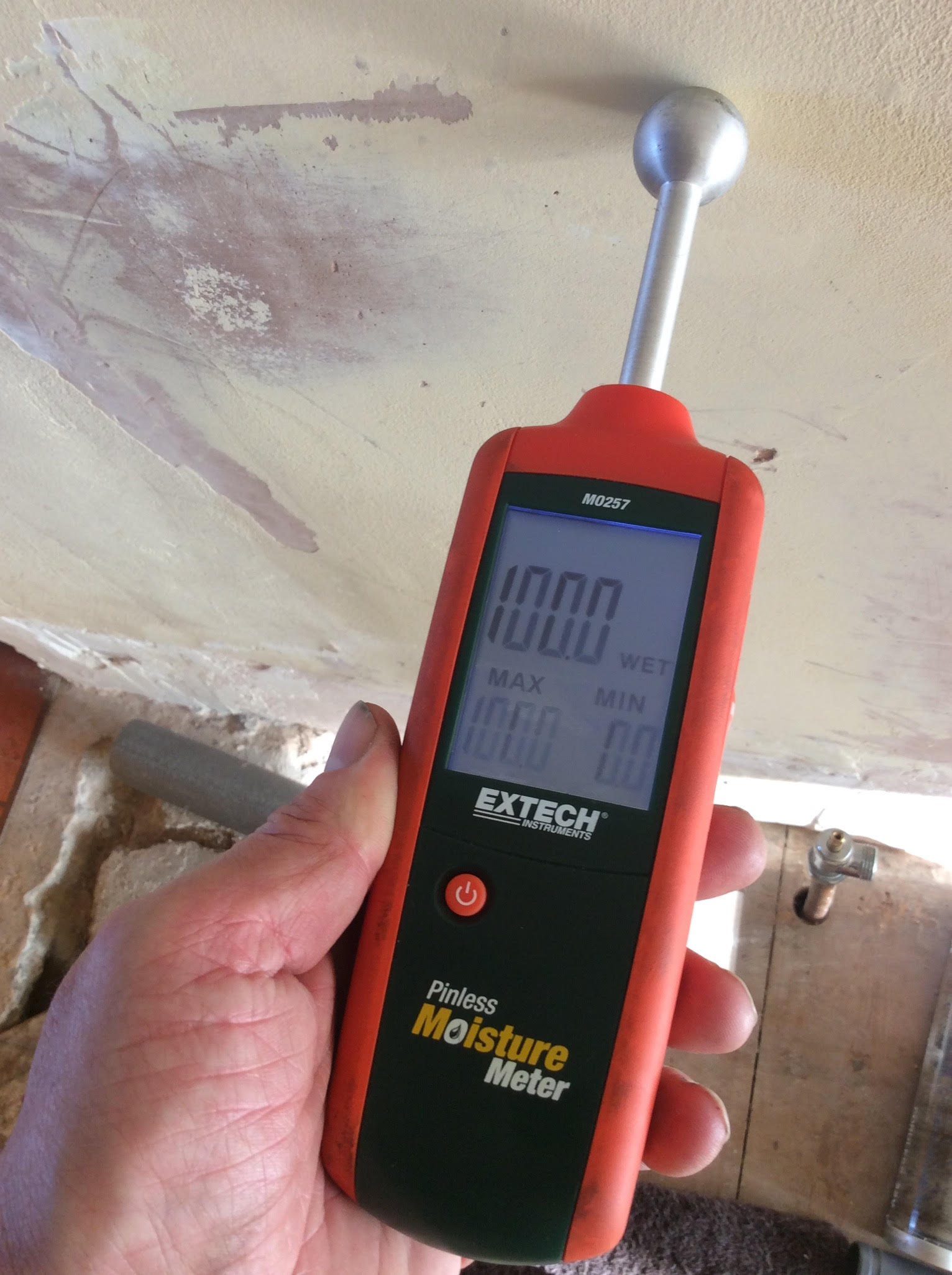Top Water Leak Detection Strategies to Safeguard Your Residential Property from Water Damage
Wiki Article
Innovative Solutions for Early Discovery of Water Leakages in Buildings and Framework
From innovative leakage detection modern technologies to the implementation of IoT sensors for real-time monitoring, the landscape of leak prevention is developing quickly. Automated water flow evaluation systems are reshaping just how leaks are determined and dealt with, leading the way for an aggressive method to water leakage discovery.Advanced Leak Detection Technologies
Advanced leakage detection innovations, equipped with cutting-edge sensors and algorithms, play a crucial function in quickly recognizing and determining water leakages in various setups. These innovations use a combination of acoustic, thermal, and electromagnetic sensing techniques to spot leaks accurately. Acoustic sensing units identify the noise of running away water, permitting specific localization of the leakage source. Thermal imaging identifies temperature level modifications caused by water leakage, giving another reliable approach for leakage identification. Electromagnetic sensing units can determine adjustments in magnetic fields triggered by water, supplying yet an additional layer of leak detection ability.
IoT Sensors for Real-Time Monitoring
In the realm of modern-day water leakage detection, the combination of IoT sensors for real-time monitoring stands for an essential advancement in enhancing aggressive leak detection abilities. These sensing units provide continual monitoring of water systems, providing real-time information on water circulation prices, pressure variants, and temperature adjustments. By leveraging IoT modern technology, these sensing units can find even the tiniest anomalies in water use patterns, enabling very early recognition of possible leaks before they escalate into major concerns.IoT sensors send data to a central system, where innovative algorithms assess the details and create alerts or notices when irregularities are discovered. This real-time surveillance capability enables property proprietors or facility supervisors to immediately attend to leaks, minimizing water damages, lowering repair work expenses, and conserving water sources.
In addition, IoT sensors can be integrated with building administration systems, enabling computerized feedbacks to detected leaks, such as shutting down water shutoffs or turning on pumps to mitigate the effect of leaks. In general, the implementation of IoT sensors for real-time tracking dramatically improves the efficiency and effectiveness of water leakage discovery in buildings and infrastructure.
Artificial Intelligence Algorithms for Leakage Forecast

One key advantage of utilizing artificial intelligence for leak prediction is its capability to constantly discover and boost its precision with time. As even more information is collected and fed right into the algorithm, it can improve its predictions and adapt to transforming problems, inevitably increasing the dependability of leakage discovery systems.
Furthermore, artificial intelligence algorithms can assist in determining refined signs of leakages that may go undetected by traditional surveillance approaches. water leak detection. By assessing intricate data embed in real-time, these algorithms can provide early cautions and notifies, permitting for timely intervention and precautionary maintenance to mitigate prospective water damage and connected prices
Using Thermal Imaging for Leak Discovery
Thermal imaging innovation uses an appealing method for finding water leaks in various systems and facilities. By making use of infrared radiation and temperature level variations, thermal imaging video cameras can identify concealed leaks that are not conveniently visible to the naked eye. When water escapes from pipes or frameworks, it frequently alters the temperature level of the bordering location, producing temperature level differentials that thermal video cameras can capture. These temperature level irregularities are then translated into noticeable photos, highlighting the precise place of the leakage.One of the vital advantages of thermal imaging for leakage detection is its non-intrusive nature. Unlike traditional methods that might need getting into wall surfaces or floorings to find leakages, thermal imaging enables non-destructive screening. This not only saves time and decreases prices however also lessens disruption to the building or infrastructure being analyzed. Furthermore, thermal imaging can rapidly check huge locations, offering a detailed review of possible leak resources in a timely manner. Overall, making use of thermal imaging innovation enhances the efficiency and precision of water leak detection, making it a beneficial tool for maintaining the stability of structures and infrastructures.
Automated Water Circulation Evaluation Equipments
How can automatic water circulation evaluation systems change the detection anchor and monitoring of leaks in Extra resources numerous systems and infrastructures? Automated water circulation analysis systems supply a positive approach to leakage discovery by constantly checking water flow rates and patterns. By developing standard data, these systems can rapidly determine inconsistencies that might suggest a leakage, enabling prompt intervention to avoid considerable damages.These systems make use of advanced formulas to assess real-time information and provide immediate alerts when anomalies are discovered, enabling swift action to be taken. Additionally, automated water flow evaluation systems can be integrated with building monitoring systems or IoT platforms, improving overall efficiency and making it possible for remote monitoring capabilities.
Furthermore, the data collected by these systems can be used for predictive maintenance functions, aiding to identify prospective weak factors in the facilities prior to leakages happen. In general, the implementation of computerized water circulation evaluation systems can significantly boost leakage discovery and management techniques, inevitably bring about cost financial savings, decreased water wastage, and boosted sustainability in buildings and infrastructure.

Final Thought
To conclude, the integration of advanced leakage discovery modern technologies, IoT sensing units, device understanding algorithms, thermal imaging, and automated water circulation analysis systems uses ingenious solutions for very early click for more discovery of water leaks in structures and facilities. These technologies make it possible for real-time monitoring, prediction of leakages, and efficient discovery approaches to stop water damages and wastage. Applying these services can assist in keeping the honesty and sustainability of water supply in various settings.Report this wiki page